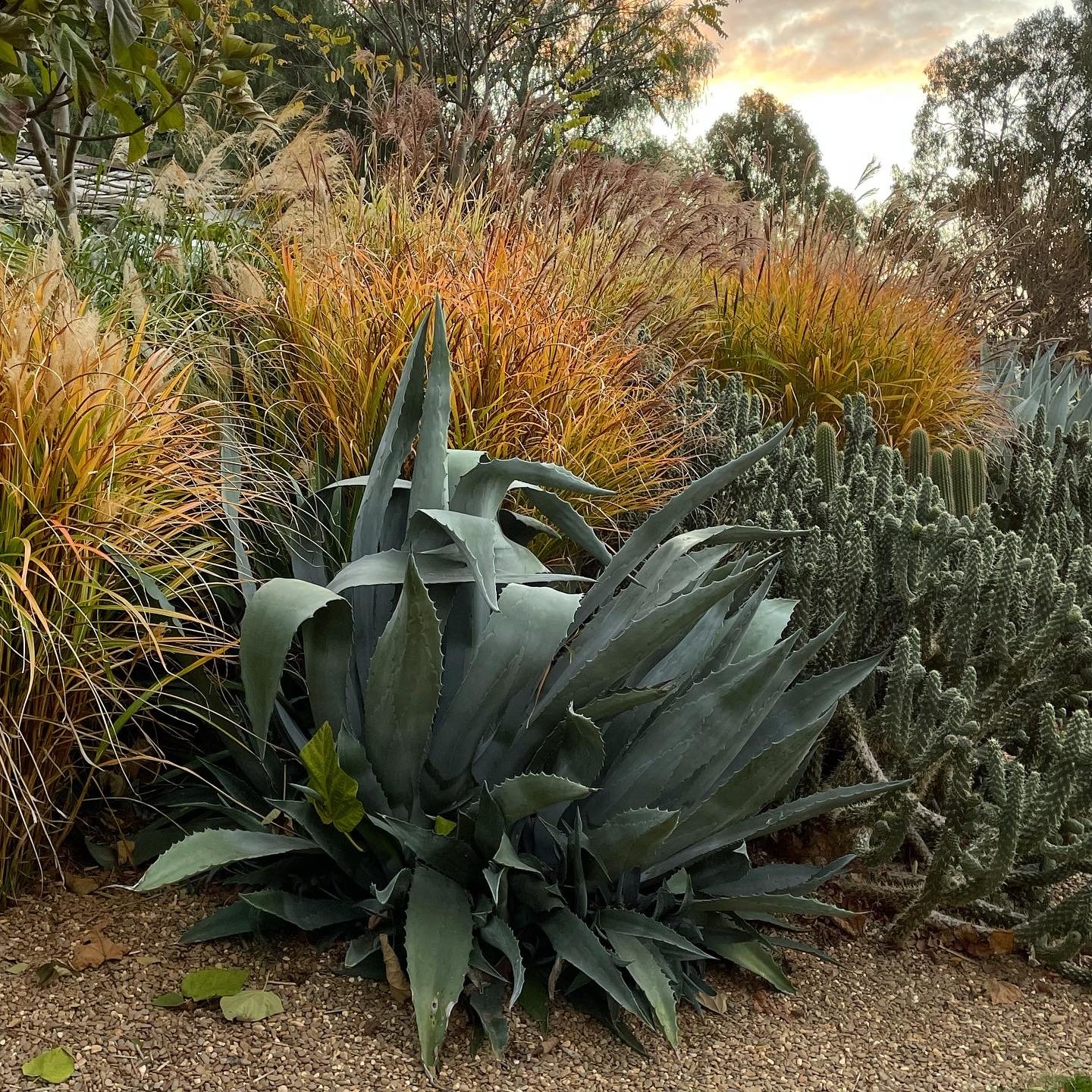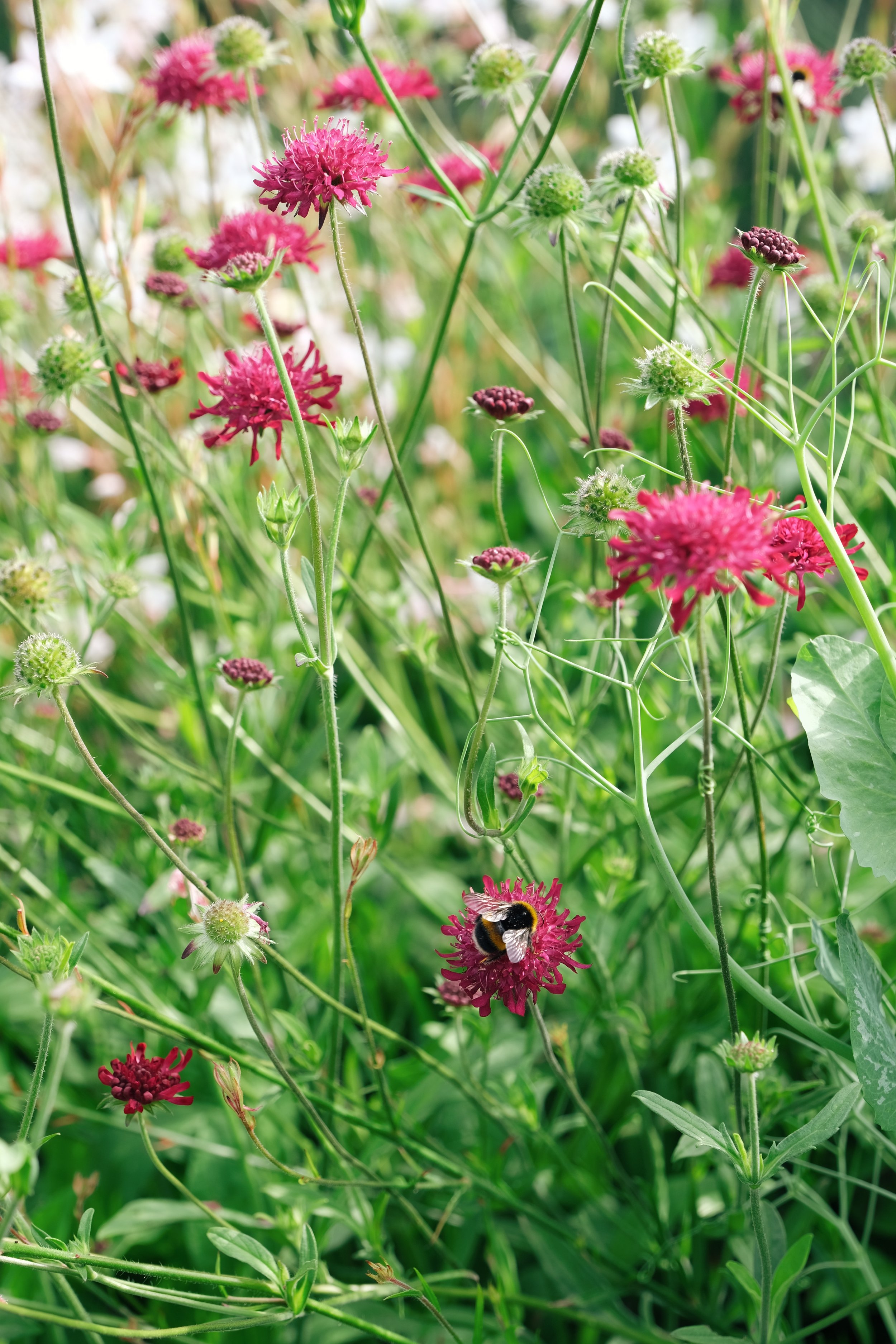SANGUISORBA
Sanguisorba officianalis with echinacea, Verbena bonariensis and veronica in my garden.
My foray began with the digging up and gifting of a sanguisorba that both my benefactor and I hoped was Sanguisorba officinalis.
Chipped off a clump in springtime where only its small leafy mound was visible, it turned out that the guesswork was slightly off, but the unexpected result was exciting. I was amazed when it flowered, producing dense, long catkins that were impossibly pink and fluffy! Distinctly reminding me of a character from Fraggle Rock!
In my own research, I have struggled to firmly identify this variety but in comparison to those I have found, I believe it to be Sanguisorba obtusa. A lucky addition as it turns out as I’m unable to find it for sale anywhere at the moment.
Sanguisorba obtusa (I think!)
Sanguisorba obtusa (I think!)
Spurred on by the magic this plant injected into my garden, I turned back to my search for Sanguisorba officinalis, gleefully finding and ordering three plants online from Puriri Lane nursery.
They took their time to establish, not flowering in their first season before rewarding me with their beautiful ferny foliage and deep crimson bobbly blooms. Since then, I have divided in the autumn and increased my garden stock to seven plants.
Sanguisorba is commonly known as burnet, with my favourite Sanguisorba officinalis referred to as Great Burnet. Native to temperate regions of the Northern Hemisphere, they are rewarding in their hardiness as much as their display. Most ornamental varieties are defined by their winter dormancy (they completely disappear) and mid-spring clump forming of lovely divided leaves, often with softly serrated edges.
Flowers are borne on top of wirey slim stems that can reach up to 2 metres in height depending on the variety. Sanguisorba flowers are often quite recognisable in their unusual spherical structure ranging across types from tightly packed bobbles to longer, fluffy bottlebrush forms.
While they thrive in full sun and free-draining soil, they also cope in partial shade, enjoying top-ups of water particularly as they establish. Their incredible delicate and airy habit makes them great partners for naturalistic, prairie-style mixed plantings but they would also look architectural and modern planted en masse together. Despite many being quite tall, their open structure allows them to be planted closer to the front of a border than others of the same mature height.
Sanguisorba officianalis with ergyngium in my garden
My own are interplanted with Verbena bonariensis and echinacea, a favourite combination. While there are earlier varieties, Sanguisorba officinalis flowers from early summer, with its interest carried right through into the winter months if flowers are left to form seedheads on the plant. These very closely resemble its bloom which gives a feeling of endless flowering.
You can, of course, prune back the flowers and foliage before seedheads are established but I tend to leave and cut back the dead stems to ground level in August.
Being great picking as well as offering an eye-catching form in any garden bed, sanguisorba only tops off its good looks with its very easy-going needs once established. Seek some out!
Sanguisorba Officinalis
Image Source - Wikimedia Commons
Sanguisorba canadensis
Image Source - Wikimedia Commons
Sanguisorba Officinalis
Image Source - Wikimedia Commons
Sanguisorba hakusanensis
Image Source - Wikimedia Commons
Provided links to plants are chosen by Julia with no bias - simply to connect with the best imagery and information to aid the reader on that plant.
Not affiliate or sponsored links are included - please beware they may contain some seasonal information from other countries that differ from the one you are in!










